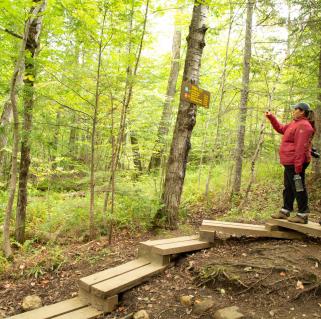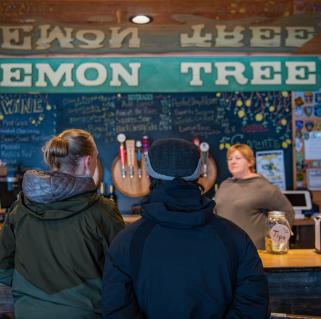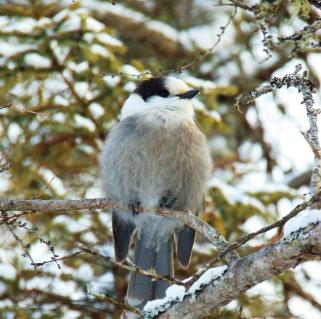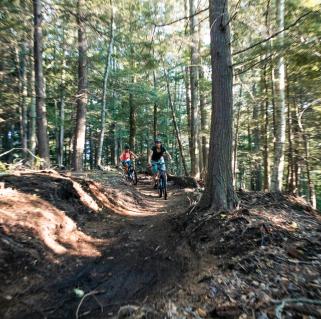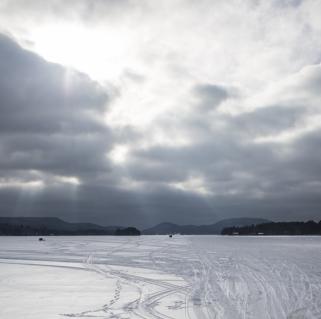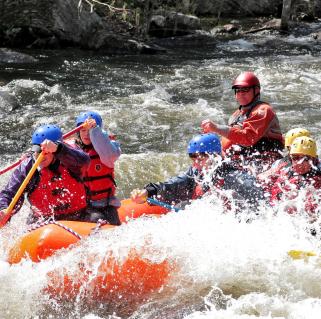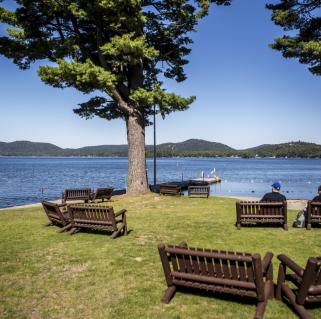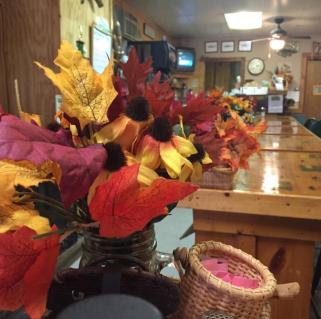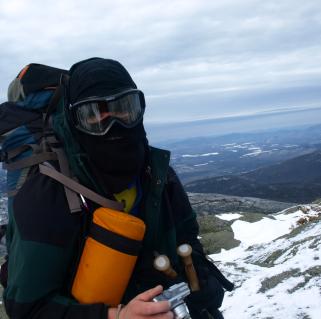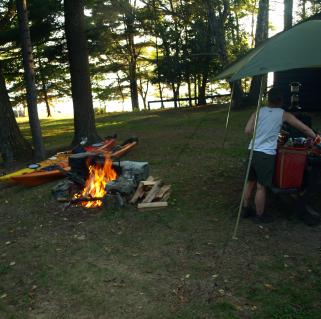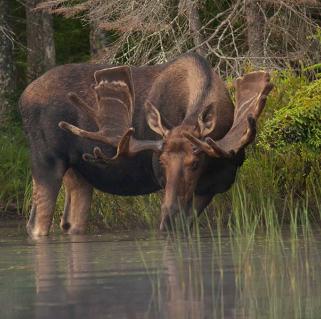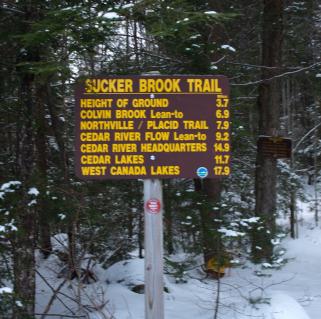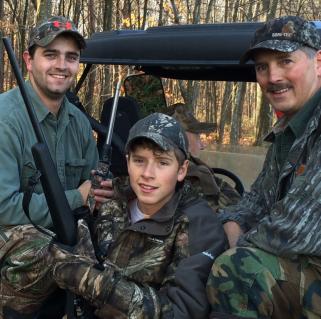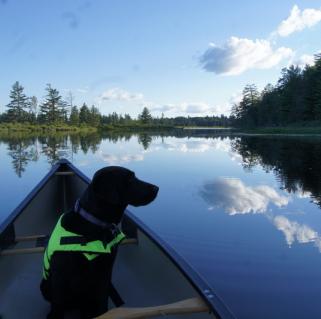Bog Birding
I've recently done some poking around along the border of Hamilton and St. Lawrence Counties and found myself the other day in what some folks call Horseshoe Bog. Horseshoe is really an extension of Hitchins Pond and is therefore part of Hitchins Bog, but what is commonly called Hitchins Bog is accessed along the railroad tracks which lead out of the old train station at Sabattis. The Horseshoe Bog portion of the area is reached along a dirt road a short way from where Route 421 dead-ends on the west shore of Horseshoe Lake and the dirt road takes birders along an easy two-track trail along the shores of the bog as the road winds towards Low's Upper Dam.
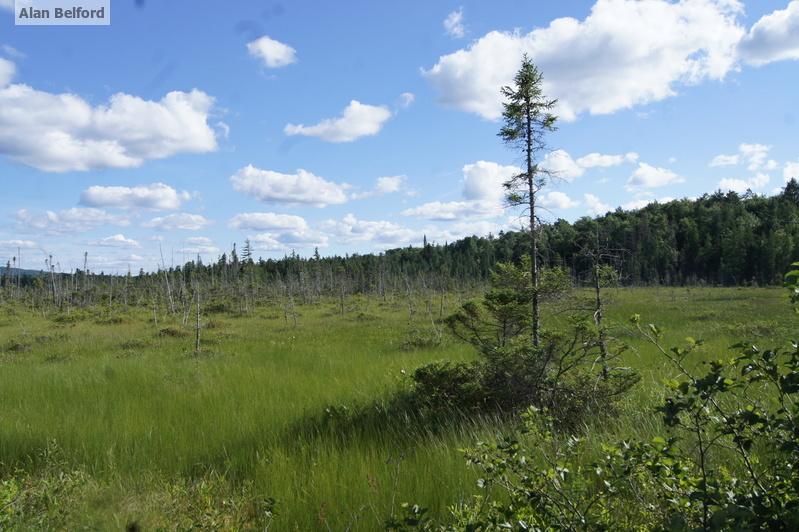
Favorite Warbler
This trail begins behind a yellow DEC gate where Wren and I parked and walked in along the dirt road. I often find Canada Warbler in the brushy wet areas near the gate and along the road on the way in and this trip was no different as we found a Canada - one of my favorite warbler species. The habitat along the road before the gate also held species like Ovenbird, Black-and-White Warbler, Blackburnian Warbler, and Black-throated Blue Warbler. The mosquitoes seemed happy to meet us as we walked, and I was glad I was prepared with long pants which I hurriedly put on to cover my bare legs. Wren rubbed her nose occasionally to force the biting insects off one of her most vulnerable places.
Singing Sparrows
The first stretch of trail ran between mixed coniferous and deciduous forest on our right and thick spruce and fir on our left. Just beyond this narrow strip of coniferous forest stretched the bog itself and I could hear species like Common Yellowthroat, Song Sparrow, and Lincoln's Sparrow singing from the open bog mat, and brushy areas on the borders held Chestnut-sided Warblers. The forests held Hermit Thrush, Blue-headed and Red-eyed Vireo, and a lone singing Swainson's Thrush. The coniferous woods were dominated by many Nashville, Magnolia, and Yellow-rumped Warblers and I paused to take in a beautiful male Magnolia Warbler as we walked. I also tried without luck to find one of the singing Yellow-bellied Flycatchers which was sitting some place out of sight in the shadows.
The trail eventually reached patches of warm sun peeking through the trees as the trail got closer to the open expanse of the bog mat and I was hopeful that the sun's warmth would diminish the number of mosquitoes pestering us and licking at our heels. I was disappointed. While the number of mosquitoes did seem to drop a bit in the open places, their numbers were more than made up for by deer flies. Such is life when birding along a bog!
The Bog
Eventually the trail reached a place where it bordered the open bog itself and we stood there for a while listening as the songs of several Lincoln's Sparrows and Palm Warblers drifted across the sedges and the short, stunted trees to our ears. Not much further along the trail, a small extension of the bog mat crossed the road and we were surrounded by singing Lincoln's, Song, and White-throated Sparrows. I stood there quietly and took the beautiful place in.

After standing in the open for a while both enjoying the view of the bog mat and the many birds it offered, we continued on a bit further as the road dived back into the woods. This section of woods was more deciduous in nature and we continued finding species like Black-throated Blue Warbler, Black-throated Green Warbler, and Yellow-bellied Sapsucker. At one point a Barred Owl even called in the distance. The mosquitoes were quite bad in this section of the hike though and I decided to turn around to find a place with a bit more breeze in the hopes it would keep them more at bay. We turned and walked back out towards the car continuing to bird as we went, stopping again along the open bog to find singing Lincoln's Sparrows and to watch the clouds drift in a sea of blue across the open landscape. Learn more about birding in this area of the Adirondacks.


